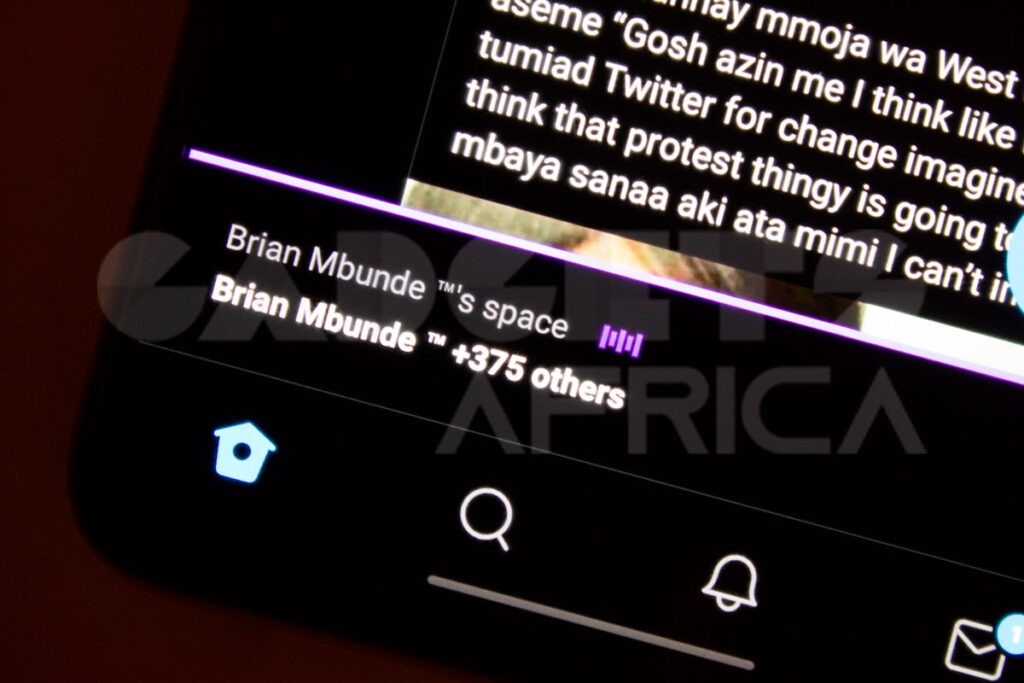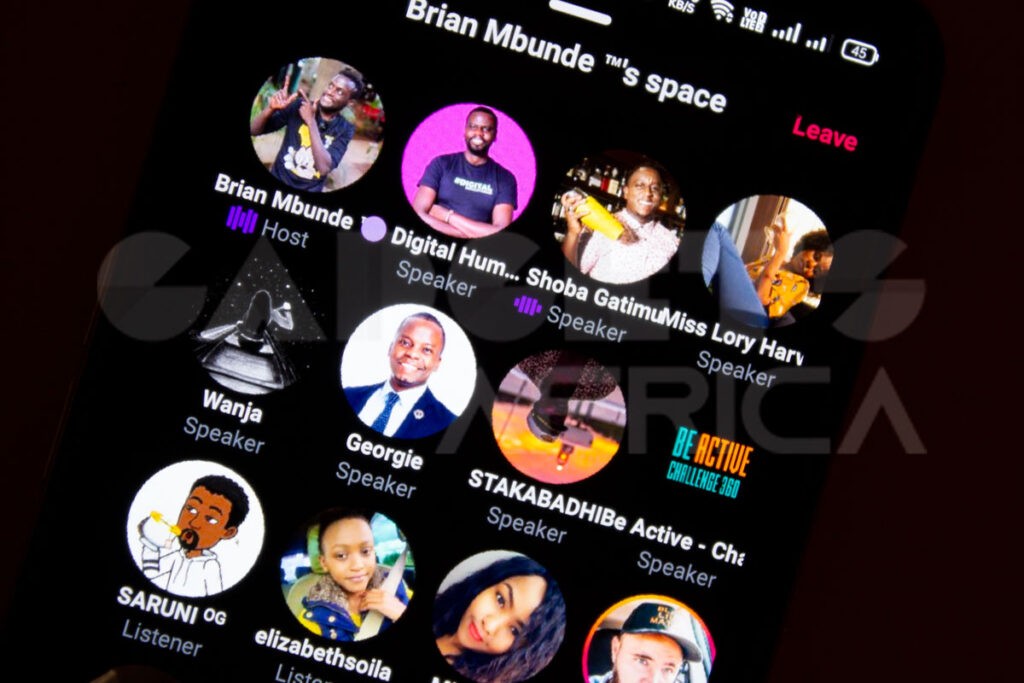If you are an active Twitter user, you have probably come across Spaces. Twitter’s Clubhouse clone that seems to be catching on very well if the Spaces I have joined are anything to go by.
So, what is Spaces? Without going into technicalities, it’s simply a chatroom that allows up to 11 people to speak thus giving it a live-podcast kinda vibe where we have a host, select guests, and other people joining in as listeners. As mentioned, the feature is a clone of the now-popular and somewhat exclusive social media app Clubhouse. Clubhouse is currently available only to iPhone users and users need an invite in order to join the platform – get why there would be hype around it?
Well, after interest around Clubhouse shot, Twitter started testing Spaces and only recently opened up the feature to more people, including a few users in Kenya. While there are still very few people who have access to the feature, popular Kenyan tweep, Brian Mbunde, did get the opportunity to test it out and hosted a space.


Through his space, I was able to get a hands-on run on the feature, and here’s my experience:
The Conversations
So, at first, only the host has speaking privileges, the rest are simply listeners when you join the Space. However, the host has the capability to select 10 more people to speak simultaneously. When the host requests you to speak, you get a pop-up notification through which you can accept the request and the same happens when you, as a listener, requests to speak.
As with any forum, it’s up to the speaker to steer the conversation in whichever direction they want. The host has the privilege to mute current speakers and even demote a speaker back to a listener as well as kicking out a listener from the Space altogether.
Speakers also have the option to forfeit their privileges and just be listeners and everyone in the Space can leave and rejoin at any time, well, aside from the host.
The Chaotic Potential


While my experience on Twitter Spaces was surprisingly pleasant (save for the bugs and internet issues that we shall address a bit later), the feature does have the potential to light a fire. With up to 11 people talking at the same time, it’s very much possible for the conversation to turn into a fight of words. As much as there was no chaos during Mbunde’s Spaces session, there were a number of listeners who felt that they were not given a chance to speak simply because there were not “big wigs”.
As much as there may be some truth to the sentiments – a host is more likely to accept your speaking request if they have interacted with you elsewhere on the platform, imagine hosting a Space with 400 people listening in. Even if just 10% request to speak at any given time, that’s 40 pop-up notifications that the host has to deal with.
My limited testing of Twitter Spaces has shown that the feature might turn into another platform where only those with huge followings get to really benefit from and share their voice while the ones who have smaller accounts, just get swallowed in the chaos.
On the upside, Twitter Spaces’ more interactive nature has greater potential to turn into live podcasts that steer conversations around subject matters with greater clarity than tweets, give political and corporate big shots direct access to the people and possibly start a revolution (maybe not in Kenya but somewhere).
What Can Be Improved
Now here’s the part where we talk about the usability of the feature. While we appreciate that unlike Clubhouse, Twitter made the feature available to Android users as well, the company needs to work on the following issues:
- Battery consumption is crazy. You could easily run through your phone’s battery life just from one session.
- Once you join a Space, you may notice that your phone starts to feel sluggish. Spaces seems to be using a lot of resources that take a toll on users’ devices depending on which model they have.
- To counter the effects of listeners feeling left out from the conversation (due to the speaker limit), Twitter could introduce a chat feature that will allow listeners to text questions or reactions as this would make it more inclusive.
- Lastly, having a tab where users can scroll through all live Spaces (even from the people you don’t follow) would be a better way for discovery. As it is now, users can only see Spaces from people they follow on the Fleets tab, however, you could still join if a link is shared on your timeline.
Keep in mind that the feedback above is based on my limited experience and since the feature is still under beta testing and scheduled to launch in April, we may see a lot more changes – hopefully for the better.
As things stand right now, I am quite excited about Twitter Spaces. Just a bit anxious about hosting one as I am not sure whether my 300 followers would be interested.





Comments